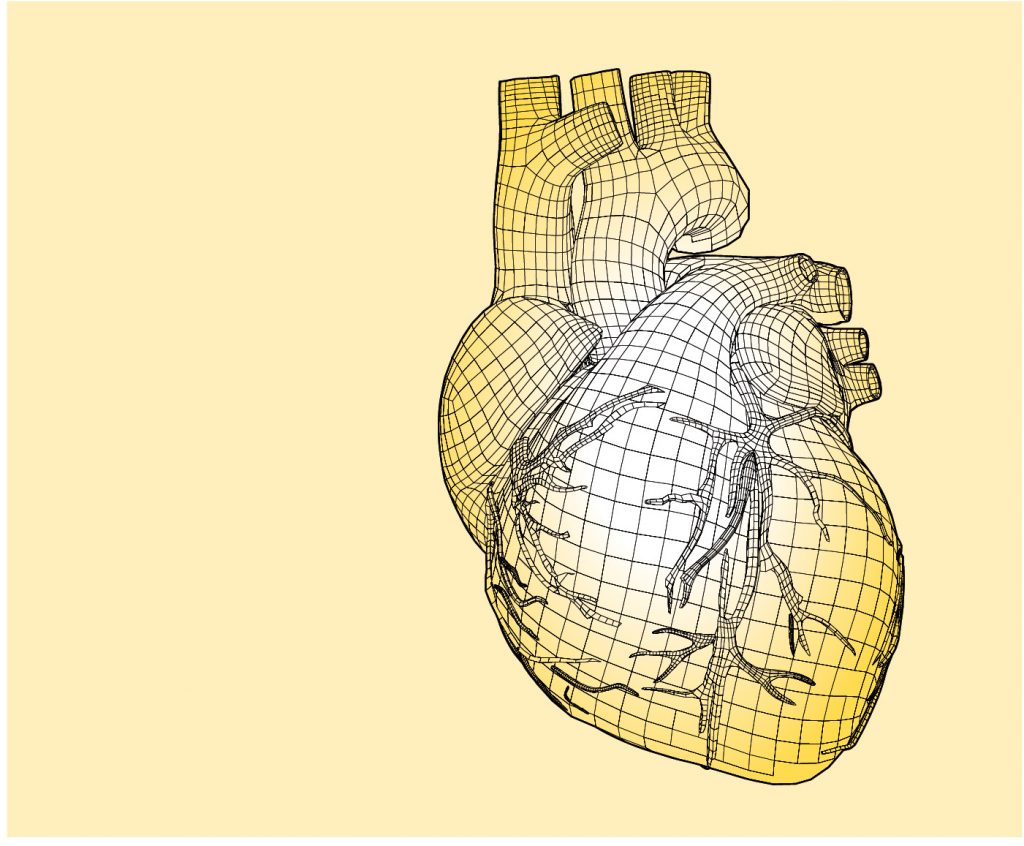
Coronary artery disease, the leading cause of death worldwide, and congenital cardiovascular defects, which occur in 1 percent of live births, often require multiple surgeries that pose a variety of serious risks to the patient.
A team of Whiting School engineers has developed a vascular graft that takes less than one week to make and that has regenerative properties, potentially minimizing these risks and improving the lives of such patients.
Treating coronary artery disease often requires surgery to repair the patient’s damaged cardiovascular tissue. Bypass surgery, another common intervention, requires removing the damaged tissue and replacing it with blood vessels from another part of the body. This method puts substantial stress on the body and introduces other risks: It requires multiple incisions, and, when surgery is needed as a result of plaque buildup, the patient may also experience plaque accumulation in the grafted vein, which can cause further complications.
Children born with congenital cardiovascular defects often undergo repeated surgical reconstruction as they grow. But repeated surgeries reduce the amount of usable vascular tissue for reconstruction, and synthetic grafts do not grow along with the child.
Using synthetic grafts poses other challenges, such as clotting, and grafts grown from stem cells often require up to eight weeks of preparation.
According to Sharon Gerecht, the Kent Gordon Croft Investment Management Faculty Scholar, professor of chemical and biomolecular engineering, and director of the Institute for NanoBioTechnology, the creation of a vascular graft with mechanical properties that mimic those of natural arteries (and thereby encourage new tissue formation) is one way to improve surgical practices and reduce the number of surgeries patients must undergo.
Gerecht and Morgan Elliott, a doctoral candidate in the Department of Biomedical Engineering, recently led a team of scientists in creating a natural graft that takes less than one week to prepare, dissolves as healthy tissue grows in its place, and can withstand the continuous contraction and relaxation cycle that the beating heart puts on arteries and veins.
“Our goal was to combine our patented electrospinning technology and stem cells to create a novel vascular graft that decreases fabrication time significantly—even more than grafts moving through clinical trials—while also decreasing clotting and enhancing tissue regeneration,” says Elliott.
A report of their findings was recently published in Proceedings of the National Academy of Sciences.




